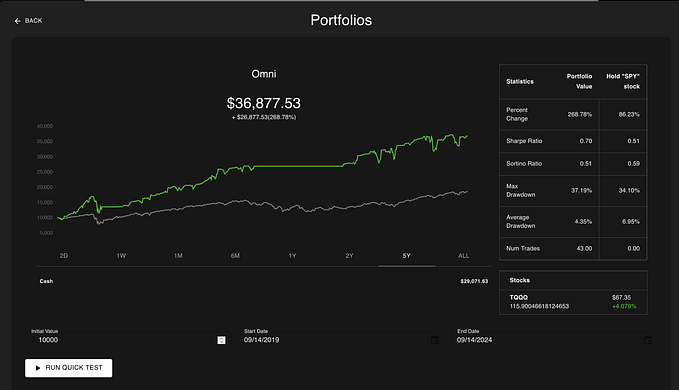Member-only story
Mathematics Behind Robotics

Robotics research has been increasing exponentially and marking a new industrial revolution. Today, above one million robots are operating globally and the number is growing with time.
Today we have many robots with brainpower comparable or even beyond human intelligence, physical capability, perception, and behavior. And in some areas like computer-aided surgery, these intelligent machines can even surpass human capabilities.
From handling hazardous materials to welding components, performing administrative tasks like, filing documents for customers, or vacuuming carpets, Robots are playing many essential roles in society.
But what makes them do all the ingenious things? Several aspects of mathematics, engineering, and physics make the magic happen.
When did the Robots Introduce to the world?
The study of robotics is as old as the earliest mathematical studies. The word “robot” was introduced to the world in 1920 by a play named as “Rossum’s Universal Robots” by Czech writer Karel ÄŒapek.
In the 18th century, Leonardo da Vinci designed a programmable robot that could move its limbs, twist, and sit. The 19th century brought significant contributions to robotics with the work of Charles Babbage (an English mathematician and inventor of the…










